Call center agents are at the frontline of your call center operations. Staying on top of your team’s performance helps ensure that your agents are consistently meeting customer expectations and your business goals. While there are many call center quality assurance tools you can leverage to monitor agent performance, a call center agent scorecard is one of the most efficient ones. Not only do agent scorecards help you assess your team’s performance and efficiency in handling customer interactions. They help you identify agent skill and knowledge gaps – the root causes of poor performance.
What is a Call Center Agent Performance Scorecard?
A call center agent performance scorecard (these are also known as call center scorecards, call center quality assurance scorecards, or simply QA scores) is a performance evaluation tool used in call centers and contact centers. Along with other call center QA tools, it plays an important role in ensuring your individual team members deliver high service quality, maintain compliance, and meet your customers’ expectations.
A call center scorecard usually includes a combination of quantitative and qualitative metrics. Quantitative metrics may include various call center agent performance metrics like FCR rates, Average Handle Times, CSAT scores, and other common metrics and Key Performance Indicators (KPIs). Qualitative metrics, on the other hand, evaluate agents’ product knowledge, communication skills, empathy, problem-solving, and other soft skills.
You can typically customize the scorecard to align with what exactly you would like to evaluate. Here’s what you might want to include in your QA scorecard to gauge an agent’s performance objectively:
Agent Performance Metrics:
- Average Handle Time (AHA): The Average Handle Time, also referred to as the Average Handling Time, measures the average duration of a customer service interaction, including total talk time, hold time, and call wrap-up time.
- First Call Resolution Rate (FCR): First Call Resolution Rate measures the ability of call center agents to resolve customers’ requests during the first interaction, meaning customers don’t have to call back regarding the same issues.
- Customer Satisfaction Score (CSAT): Customer Satisfaction Score shows how a customer feels after an interaction with your call center agent, often measured right after the call through a customer feedback survey.
- Upselling and cross-selling performance: It evaluates the agent’s ability to effectively recommend additional products or services to customers during interactions, enabling them to increase the value of a transaction.
Quality Metrics:
Call Etiquette:
- Did the agent properly greet the customer and introduce themselves?
- Did the agent use appropriate language and tone?
- Did the agent use any slang, jargon, or unfamiliar language?
- Did the agent show empathy for the inconvenience the customer was experiencing?
- Did the agent use the customer’s name throughout the call?
- Did the agent ask if the customer had additional questions before closing the call?
- Did the agent thank the customer for calling?
Customer Service:
- Did the agent take responsibility for the caller’s issue?
- How well did the agent understand the issue?
- Did the agent ask the appropriate questions to fully understand the customer’s issue?
- How well did the agent demonstrate product or service knowledge?
- Did the agent provide an efficient resolution to the customer’s issue?
- Did the agent answer all the customers’ questions correctly?
- Did the agent educate the customer about the available self-service resources?
Sales:
- Did the agent use a permission-based opener?
- How well did the agent communicate the product’s value proposition?
- How well did the agent understand the customers’ needs?
- How well did the agent respond to customer objections?
- Did the agent follow the approved scripts when handling objections?
- Did the agent share customer success stories?
- Did the agent establish a time frame for following up?
Compliance and process adherence:
- Did the agent properly obtain customer consent for call recording and data processing?
- Did the agent inform the customer about how their data would be used?
- Did the agent follow company procedures for handling complaints?
- Did the agent adhere to proper hold procedures?
- Did the agent properly transfer the call if necessary?
- Did the agent properly escalate the request if necessary?
- Did the agent take clear notes and enter them in CRM?
What are the Benefits of Using Call Center Agent Scorecards?
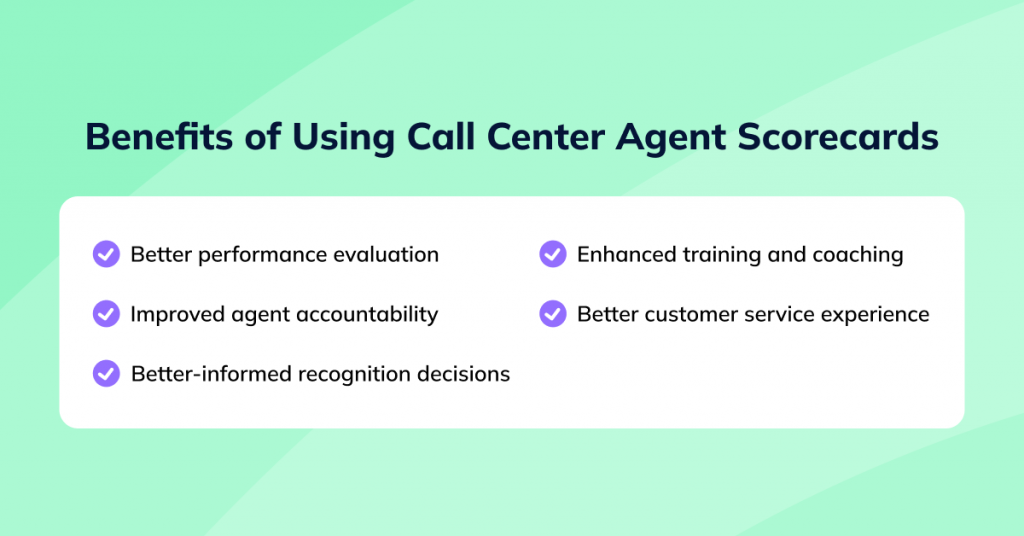
Better performance evaluation
One of the major benefits of using call center agent performance scorecards is that they provide an effective way to evaluate agent performance beyond simply tracking metrics and KPIs through call center data analytics tools. For example, you can assess each agent’s subject matter expertise, call-handling skills, or how well they adhere to your processes and compliance regulations. That gives you a more holistic view of their performance.
Improved agent accountability
Another significant benefit of implementing quality assurance scorecards is that they set clear expectations for your contact center agents, so they know what behaviors are required of them when they handle customer interactions and how their performance will be evaluated. And that, in turn, promotes a better sense of accountability and ownership over their work.
Better-informed recognition decisions
Along with performance metrics and KPIs, call center agent scorecards enable you to easily identify top-performing agents who consistently demonstrate excellent call-handling skills and achieve high QA scores. Ultimately, it empowers call center managers and supervisors to make more informed decisions regarding bonuses, promotions, and other performance-based rewards.
Enhanced training and coaching
On the other side, QA scorecards allow you to spot agent knowledge or skill gaps and pinpoint specific areas where each agent needs improvement. For example, you may discover that your lower-performing reps lack subject matter expertise, empathy, or complaint-management skills. Based on these findings, you can better tailor your training and coaching sessions by focusing specifically on what skills your agents need to improve.
Better customer service experience
By consistently staying on top of your call center team’s performance, building accountability within your call center team, and providing highly targeted training and coaching to address knowledge or skill gaps, you can improve your overall customer service experience. More importantly, that can result in increased customer satisfaction and loyalty.
Best Practices for Creating an Effective Call Center Agent Scorecard
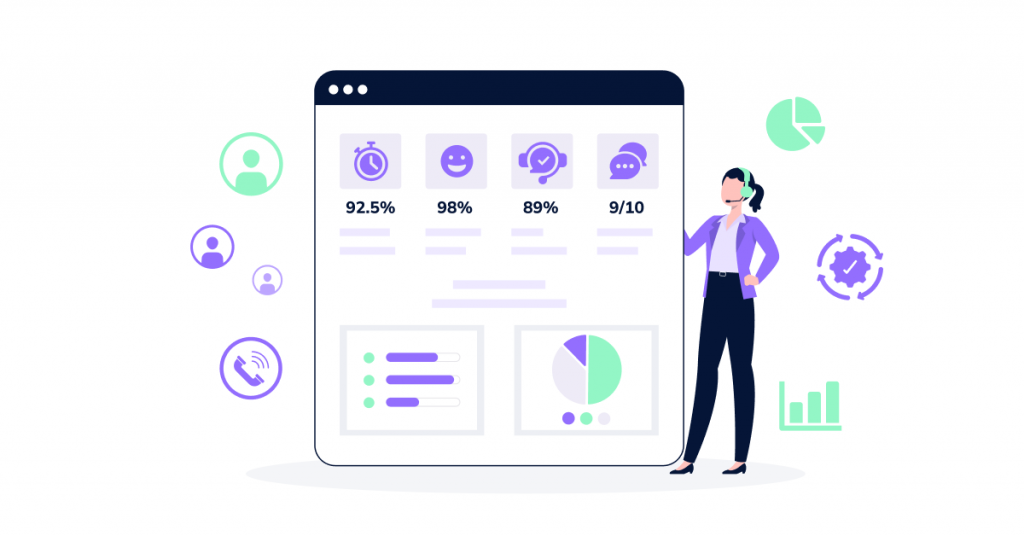
Define clear performance metrics
To get the most out of your agent performance scorecards, determine the metrics and KPIs that matter most to your call center and directly impact your business objectives. And when selecting those, make sure to combine quantitative metrics (like FCR rates, Average Handle Times, CSAT scores, and conversions) with qualitative metrics (such as adherence to scripts, compliance, and soft skills). Balancing these metrics will help you get a more holistic view of your agents’ performance.
Get input from your agents
Involving your team members in the scorecard creation process and leveraging their feedback offers several benefits. Firstly, your frontline reps are the most knowledgeable about the call handling experiences – and they are likely to have suggestions for KPIs and behaviors required to meet customer expectations. Secondly, this transparency helps your agents better understand how they get scored and what is expected of them. That, in turn, can help you increase buy-in, commitment, and motivation for your frontline reps to achieve and maintain high scores.
Customize scorecards for different roles
When it comes to creating call center scorecards, there’s no one-size-fits-all approach, especially if you have several teams (e.g., customer service, technical support, and outbound sales). Make sure to customize your call center agent scorecards to reflect the specific responsibilities of each team. Here’s what your scorecards can look like for customer service and outbound sales teams:
Customer service agent scorecard example
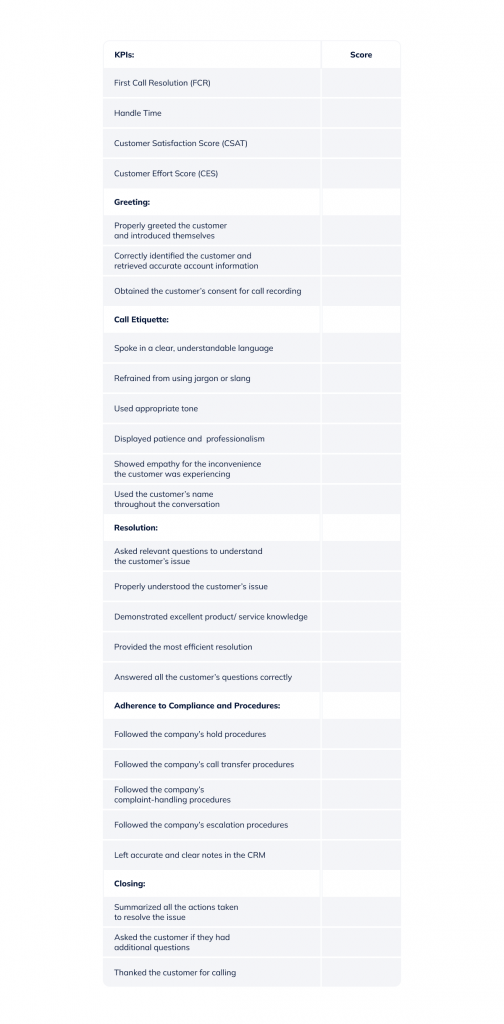
Outbound sales agent scorecard example
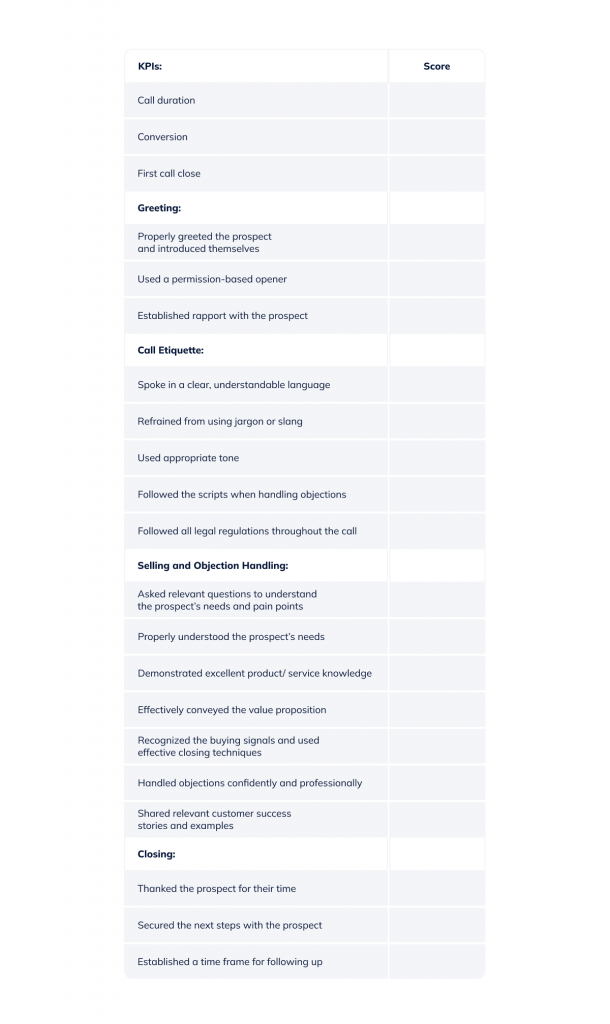
Implement a consistent evaluation process
Once you’ve created your contact center agent scorecards, establish a clear and consistent process for evaluating your team’s performance using the scorecards. That includes defining who will evaluate agents, how exactly scores will be calculated, and how frequently evaluations will happen. Make sure the evaluators understand the criteria for evaluating each performance metric and its significance in the overall performance score.
Regularly review and update your scorecards
Lastly, regularly review and update your call center scorecards to ensure their effectiveness and relevance. As your call center evolves and customer expectations change, you may need to revise your metrics and KPIs and make changes to your evaluation criteria. Once adjustments are made, communicate changes to the team. By continuously reviewing and adapting your contact center agent scorecard, you ensure it remains a dynamic and highly effective call center quality assurance tool.
Automate Your Call Center Performance Evaluation Process with VoiceSpin
With a comprehensive virtual call center software solution like VoiceSpin, you can automate and optimize your call center agent performance evaluation process using advanced AI-driven speech analytics tools. VoiceSpin’s AI speech analyzer processes 100% of your inbound and outbound calls and evaluates call quality and agent performance based on your pre-defined KPIs and metrics. That allows you to eliminate subjective biases of manual evaluations and make the entire process more effective and cost-efficient.
Book a demo call now to see the VoiceSpin’s AI Speech Analyzer in action.

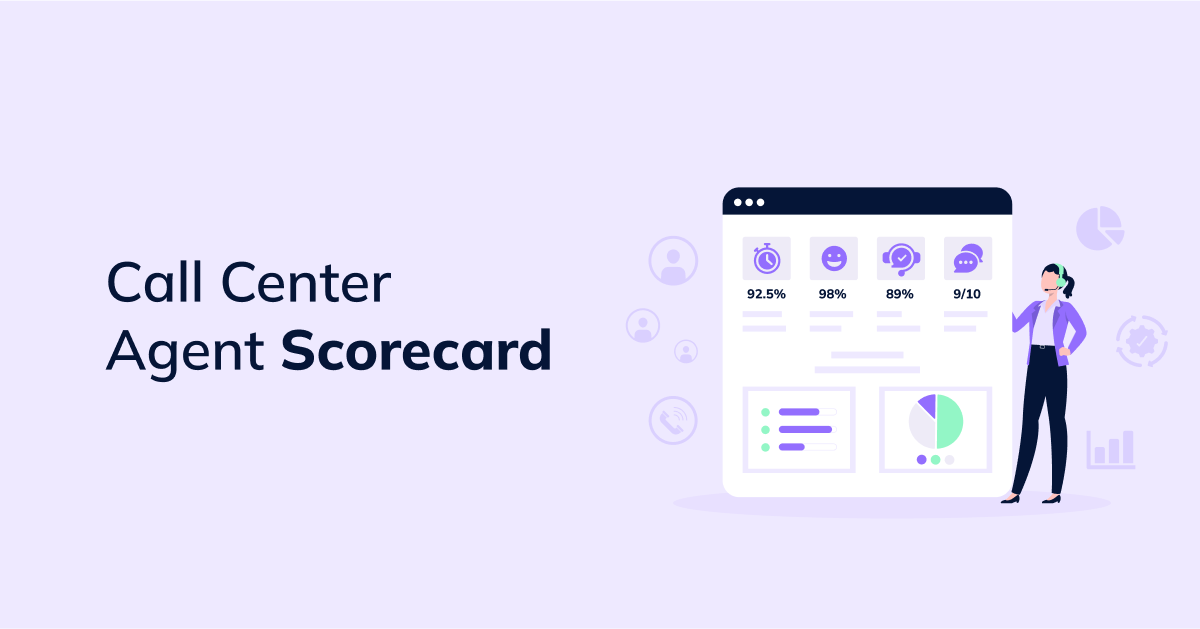

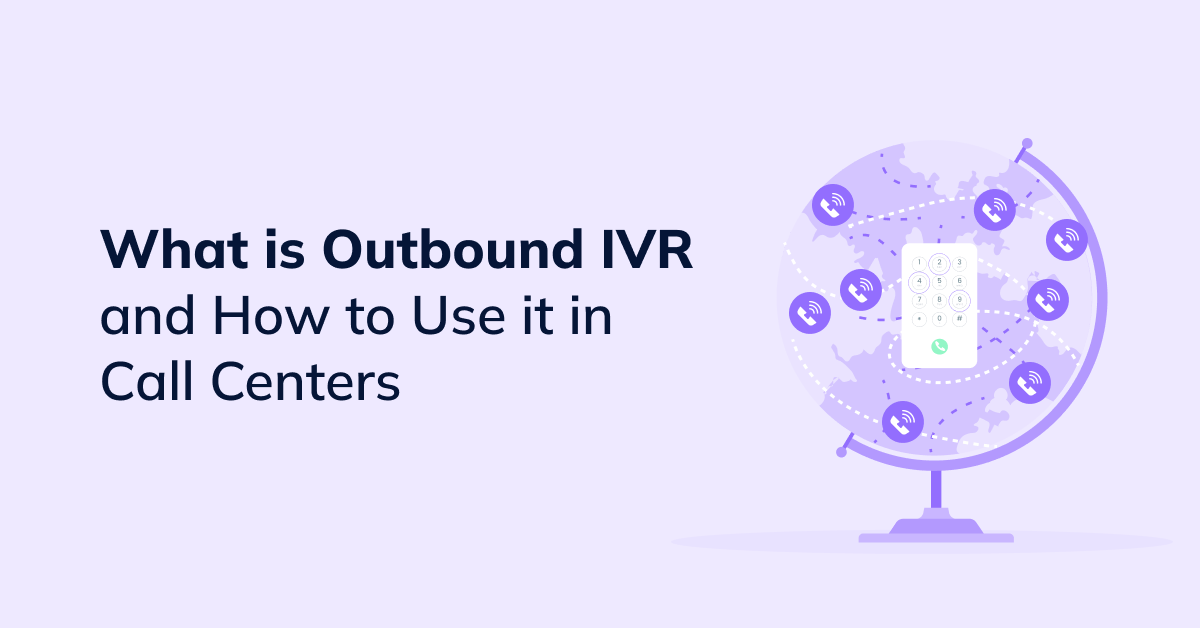
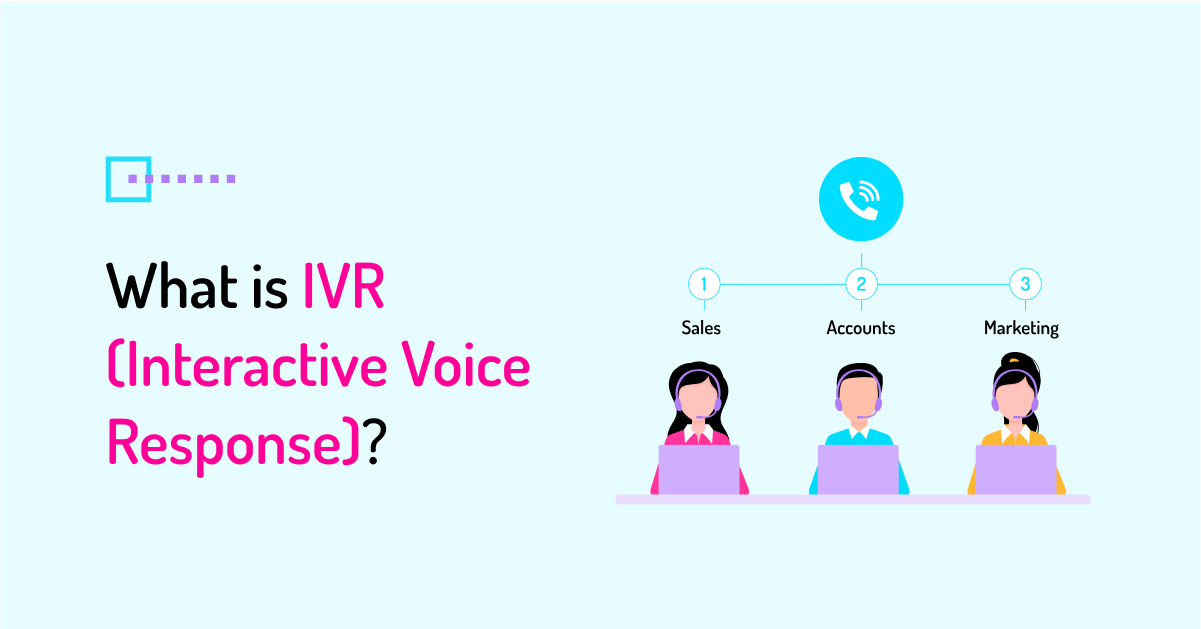
 +18889082995
+18889082995
 +442036084160
+442036084160
 +97237237006
+97237237006